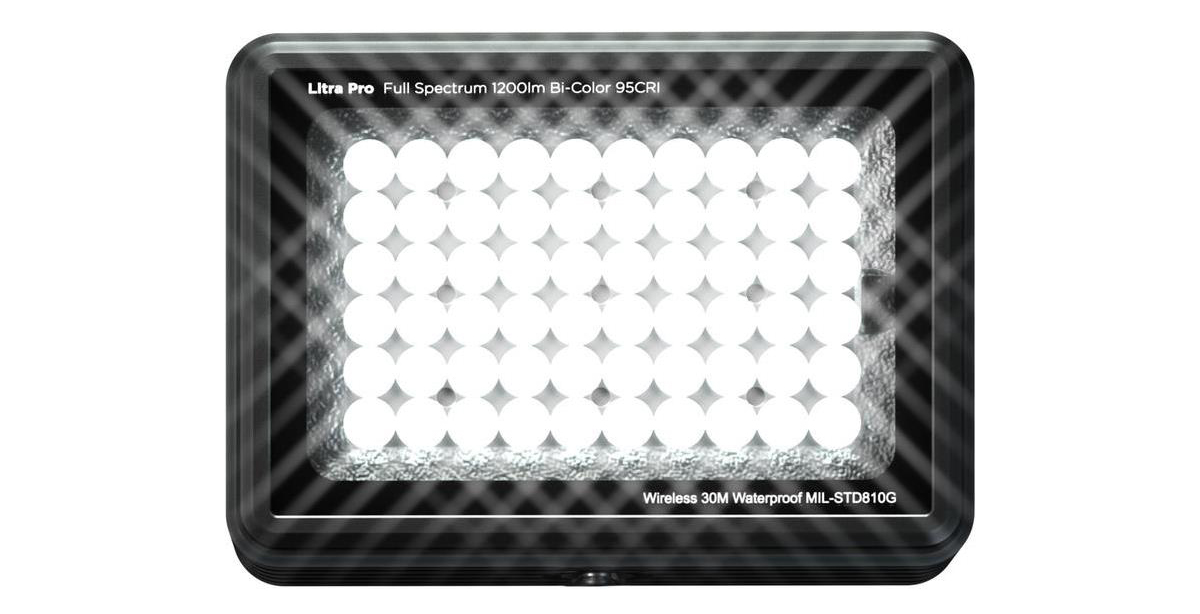Several companies are on board the camera with new solid-state options.

They’re small (lightweight) and reliable, consume low power, and save considerable time during production by allowing direct data file capture from today’s HD-SDI output. This ensures the highest quality because you’re bypassing compression on tape and gets footage into the edit system faster so you can begin working sooner. An added benefit for those with tape-based cameras is that you can still record to videotape (if the camera has a tape drive) for backup.
One such product was the Flash Xstream Data Recorder (XDR) from Convergent Design, which records HD-SDI 1080i/p and 720p video into a very high-quality MPEG-2 stream at bit rates up to 100 Mbps 4:2:2 (long-GOP) and 160 Mbps 4:2:2 (I-frame) in full-raster (1920×1080). Uncompressed 4-channel embedded or 2-channel analog audio is also captured with the video into an MXF file stored on the Compact Flash cards. Additional processing options include image flip, 24p pulldown removal, redundant recording (RAID1), time-lapse recording and ASI I/O (as an optional firmware upgrade). Cost is $5,000.
A 32 GB CompactFlash card (about $150), coupled with the four card slots on Flash XDR, enables up to 142 minutes of 100 Mbps recording time. In addition, the solid-state storage cards are hot-swappable for continuous recording. After recording, the CF cards can be loaded into multiple readers which can be daisy-chained together on a single FireWire 800 bus for download into an NLE at 3X to 6X real-time.
Another was Fast Forward Video’s Elite HD, a camera-mounted digital video recorder and player that supports the JPEG 2000 (J2K) compression codec while recording HD-SDI video signals as digital files. The Elite HD allows the direct recording of high-quality video from the camera’s HD-SDI output. The Elite HD accepts an incoming HD-SDI video signal with up to eight channels of embedded audio and records at data rates up to 100 Mbps with virtually no loss in signal quality, according to the company. Video is stored to a 2.5-inch SATA drive, which provides up to 10 times more storage than the camera’s recorder itself. Once data is recorded, the compact unit can be detached from the camcorder and connected directly to a nonlinear editing system via USB cable.
At NAB, JVC showed a prototype, camera-mounted, combination hard disk/solid-state media recorder, the MR-HD200, which Secure Digital High Capacity (SDHC) solid-state memory cards. The data writing speed of the (Class 6) SDHC cards is either 19.7Mbps (720p) or 25Mbps (1080i) at 48 Mbps.
While the MR-HD200 is designed to attach permanently to JVC’s ProHD cameras, it features a removable module that utilizes SDHC memory cards. A single 16GB SDHC memory card can store 1.6 hours of HD in the 720p mode, and about 1.2 hours in the 1080i mode. JVC said that with SDHC format, users get significantly more capacity at a cost per minute; one that’s similar to Betacam SP videotape.
Serving as a hybrid recorder, the MR-HD200 also has a built-in hard disk drive for longer recording times-up to 10 hours. Files are recorded in an editing-friendly native format (.MOV) so that postproduction can begin without file conversion, transcoding or re-wrapping.
For more information, visit http://convergent-design.com, http://www.ffv.com and http://www.jvc.com/prohd/.
Crafts: Shooting
Sections: Business Technology
Did you enjoy this article? Sign up to receive the StudioDaily Fix eletter containing the latest stories, including news, videos, interviews, reviews and more.








